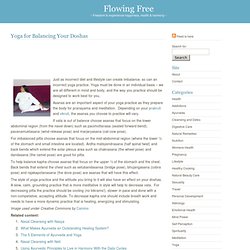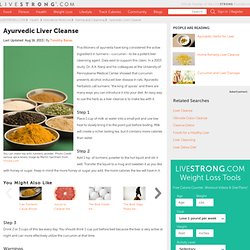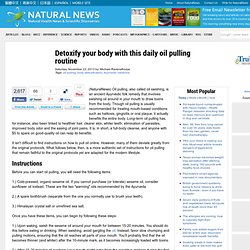

Dosha skincare. Pitta skincare. Pitta skin If you have pitta skin, your treatment program should focus on calming your sensitive skin.

Preparations that are cooling, cleansing and soothing. Herbs - amalaki, chamomile, coriander, jasmine, mahabala, manjishta, sandalwood Facial oil blend - 20ml calendula infused oil, 20ml neem oil, 10ml rosehip oil 5 drops ylang ylang, 5 drops mandarin, 5 drops rose essential oil, 5 drops sandalwood essential oil. Kapha skin Proper cleansing is the most important thing you can do kapha skin. Frequent deep cleansing should be the basis of your beauty regimen. Preparations that suit are warming, cleansing and stimulating. Ayurvedic beauty recipes Here are some wonderful recipes that suit all skin types, although you can substitute ingredients to get a more specific recipe for your dosha. Cleansing with Ubtans Traditionally Ayurveda recommends the use of herbal powders called “Ubtans” to cleanse the skin. Pitta pacifying diet. Dietary cleansing. Yoga for balancing dosha. Just as incorrect diet and lifestyle can create imbalance, so can an incorrect yoga practice.

Yoga must be done in an individual basis – we are all different in mind and body, and the way you practice should be designed to work best for you. Asanas are an important aspect of your yoga practice as they prepare the body for pranayama and meditation. Depending on your prakruti and vikruti, the asanas you choose to practice will vary. If vata is out of balance choose asanas that focus on the lower abdominal region (from the navel down) such as pacimottanasa (seated forward bend), pavanamuktasana (wind-release pose) and marjaryasana (cat-cow pose). For imbalanced pitta choose asanas that focus on the mid-abdominal region (where the lower ½ of the stomach and small intestine are located). To help balance kapha choose asanas that focus on the upper ½ of the stomach and the chest. The style of yoga practice and the attitude you bring to it will also have an effect on your doshas. Comments. Liver cleansing. Practitioners of ayurveda have long considered the active ingredient in turmeric--curcumin--to be a potent liver cleansing agent.

Data exist to support this claim. In a 2003 study, Dr. A.A. Nanji and his colleagues at the University of Pennsylvania Medical Center showed that curcumin prevents alcohol-induced liver disease in rats. Ayurvedic herbalists call turmeric "the king of spices" and there are many ways you can introduce it into your diet. Place 1 cup of milk or water into a small pot and use low heat to slowly bring it to the point just before boiling. Add 1 tsp. of turmeric powder to the hot liquid and stir it well. Drink 2 or 3 cups of this tea every day. Don't use tumeric on a long-term basis. 1/8 tsp. turmeric powder 1 cup milk or water Honey or sugar. Skin stimulation. (Photo: crackerberry.tumblr.com) While beauty products lining the drugstore shelves might promise to give you the taut legs and high, undimpled tush of a barre instructor, we’re super skeptical.

(Deep tissue massage and dry brushing are the only things we know of that can really work on cellulite.) That said, Ayurvedic medicine has used herb-infused oils, along with exfoliation and massage, for 5,000-some years to pretty solid effect. And New York Ayurvedic physician and skin-care expert Pratima Raichur has formulated an at-home ritual that includes all these elements. (No trip to India or The Raj needed.) Oil pulling detoxification. (NaturalNews) Oil pulling, also called oil swishing, is an ancient Ayurvedic folk remedy that involves swishing oil around in your mouth to draw toxins from the body.

Though oil pulling is usually recommended for treating mouth-based conditions such as halitosis, gingivitis or oral plaque, it actually benefits the entire body. Long-term oil pulling has, for instance, also been linked to healthier hair, clearer skin, whiter teeth, elimination of parasites, improved body odor and the easing of joint pains. It is, in short, a full-body cleanse, and anyone with $5 to spare on good-quality oil can reap its benefits. It isn't difficult to find instructions on how to pull oil online. However, many of them deviate greatly from the original protocols. Before you can start oil pulling, you will need the following items: 1.) 2.) 3.) Once you have these items, you can begin by following these steps: 1.) 2.) 3.) Maharishi Ayurveda Newsletters: reliable knowledge about ayurvedic practices.